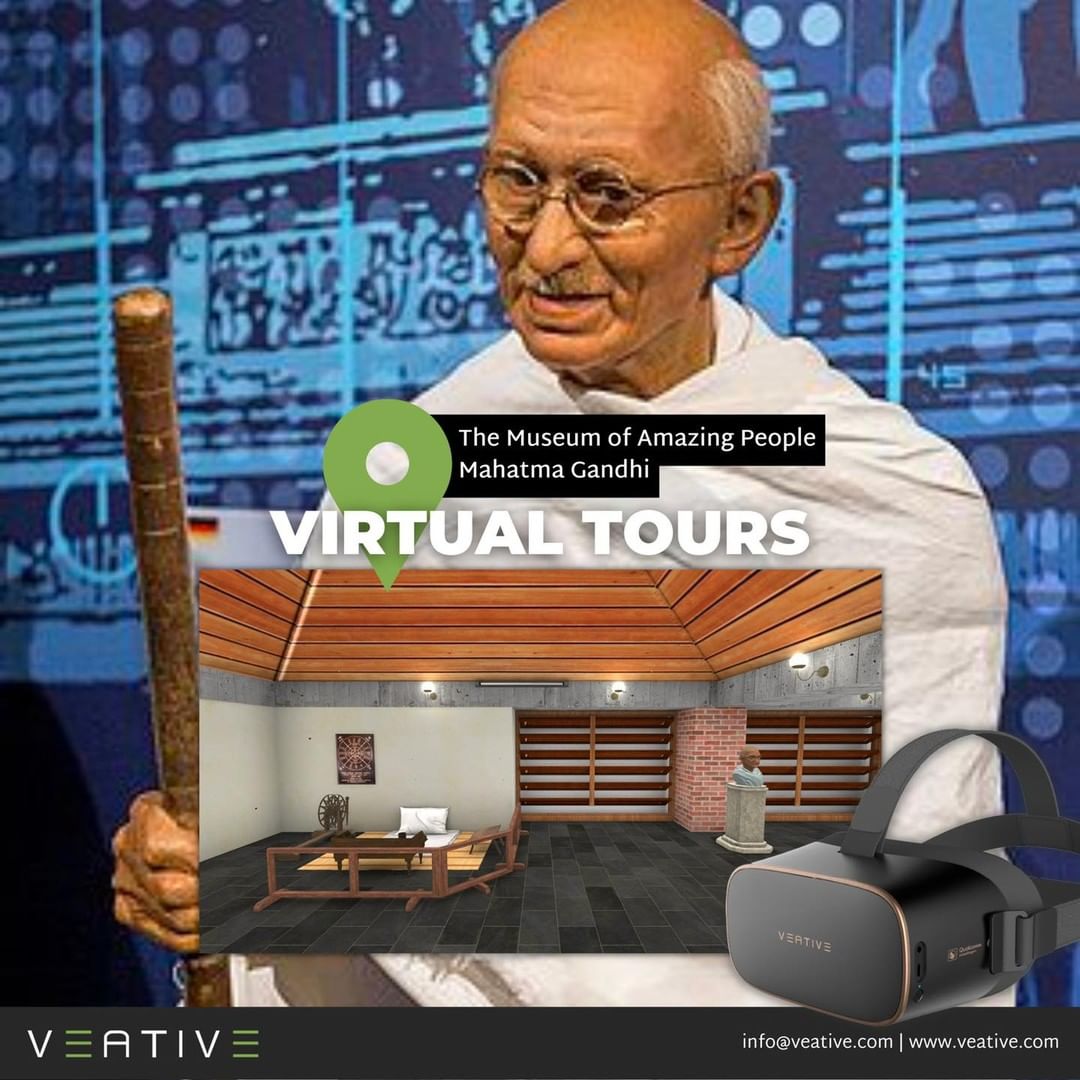
Virtual tours are rapidly becoming a famous technological invention that helps explore cultural and historical sites without leaving the comfort of one's home. In recent years, the advancement of technology has made it possible to create highly immersive and interactive virtual tours that allow visitors to experience a destination as if they were physically present. This has opened up new opportunities for tourism, education, and cultural preservation. In this article, we will explore the potential of virtual tours for showcasing cultural and historical sites.
What is a virtual tour?
A virtual tour is a digital twin simulation of a physical location or environment that allows users to explore and interact with the space as if they were physically present. It is typically created using 360-degree panoramic images, video, and audio and may include interactive features such as hotspots, clickable objects, and animations.
Virtual tours can be accessed online from any device with an internet connection, including desktop computers, laptops, smartphones, and VR headsets. They are often used in the tourism, real estate, and education industries to showcase locations or properties and provide immersive experiences for users.
Benefits of Virtual Tours
Virtual tours have several advantages over traditional tourism. Here are the potential benefits of VR tours that showcase cultural and historical sites differently.
- First, they can be accessed from anywhere with an internet connection, making them accessible to people who may be unable to travel due to financial or physical limitations.
- Virtual tours can be tailored to an individual’s interests and preferences, providing a more personalized experience.
- They also allow visitors to visualize different sites, monuments, and sculptures differently than they would on a physical visit, providing a unique perspective.
- One of the most significant advantages of virtual tours is their ability to showcase cultural and historical sites. These sites often have deep meaning and significance to the people who live there, and virtual tours can help share their stories with the world. For example, virtual tours can provide access to historical sites that may be closed due to political instability, conflicts, or natural disasters.
- Virtual tours can also help preserve cultural and historical sites by documenting them in a way that future generations can access. It is essential for areas at risk of being lost due to environmental factors or neglect. Virtual tours can provide a detailed record of these sites, ensuring they are remembered.
What is the scope of learning through VR trips?
The scope of learning through VR trips is vast and offers students a unique and immersive learning experience. Here are some of the potential benefits and opportunities of learning through VR trips:
- Access to remote and inaccessible places: VR trips can take students to places that may be difficult or impossible to access in real life, such as remote regions of the world, deep oceans, or outer space. This allows students to explore and learn about these places without leaving the classroom.
- Enhancing engagement and motivation: VR trips are interactive and immersive, making the learning experience more engaging and motivating for students. They can feel like they are there and be more interested in learning about the subject matter.
- Learning by doing: VR trips can provide a safe and controlled environment for students to practice and apply what they have learned. For example, they can learn about history by exploring a virtual museum or practice language skills by ordering food in a virtual restaurant.
- Providing personalized learning experiences: VR trips can be customized to suit individual students’ learning needs and preferences. For example, they can move at their own pace and tailor the content to their level of understanding.
- Developing critical thinking and problem-solving skills: VR trips can challenge students to think critically and solve problems in a simulated real-world environment. It can help them develop essential skills transferable to other areas of their lives.
The potential of VR tours for showcasing cultural and historical sites
Beyond traditional teaching, virtual field trips can be applied across many social science disciplines and humanities. For example, walking tours of different urban and rural environments can help you understand diverse cultures and traditions. However, this is one example of how VR trips can augment existing teaching disciples, yet the possibilities are endless. We encourage you to experience and play the field to see how these trips can be future-proof for your teaching.







